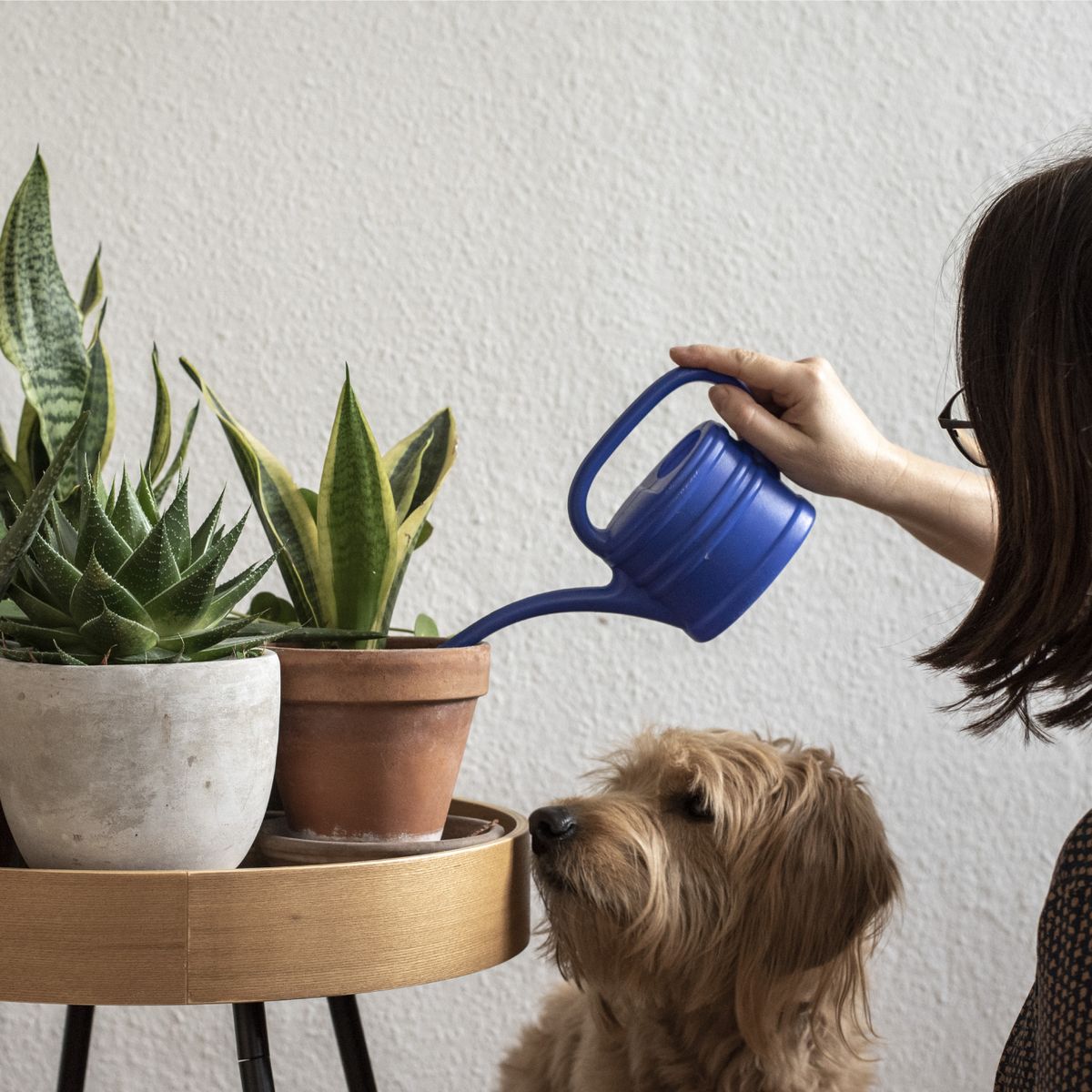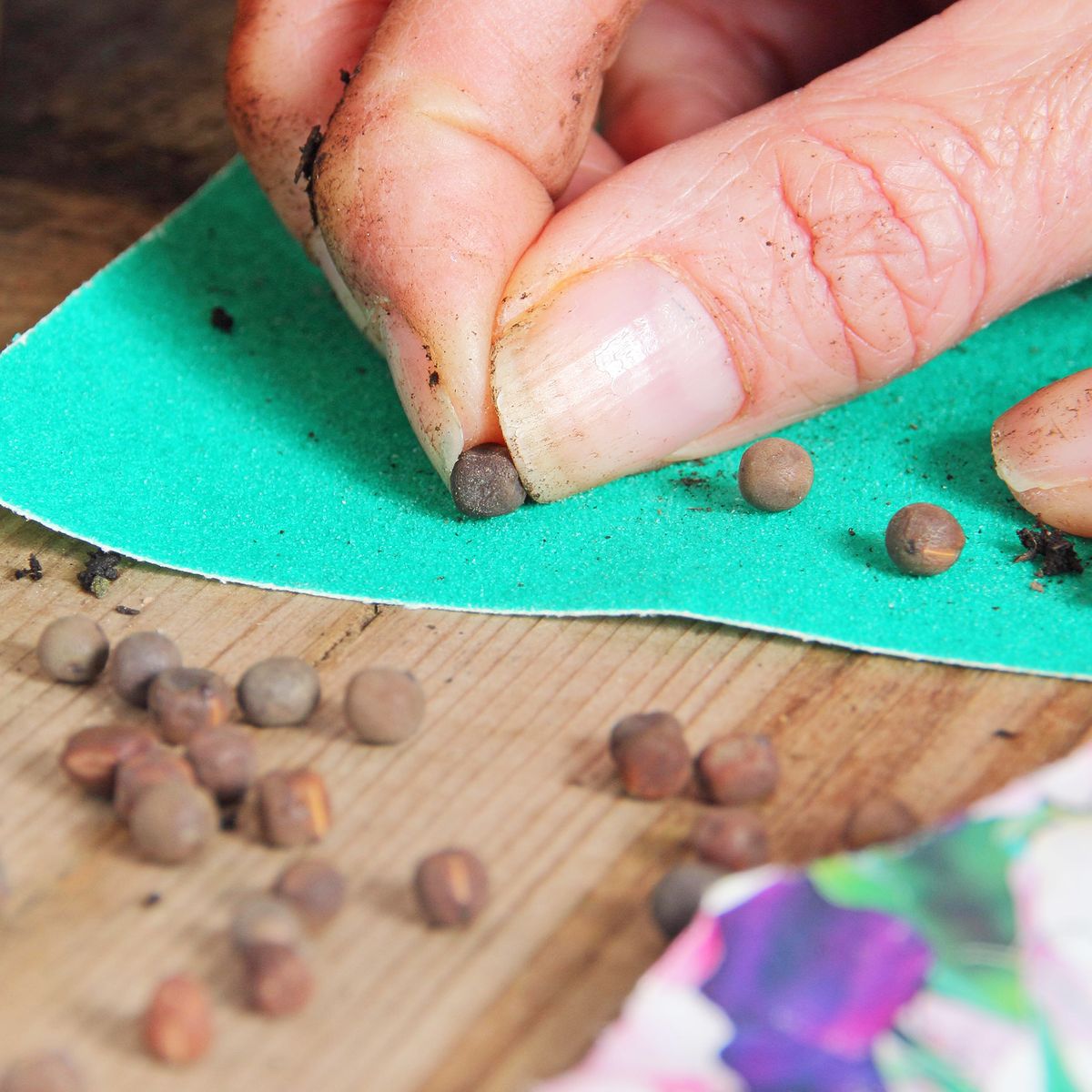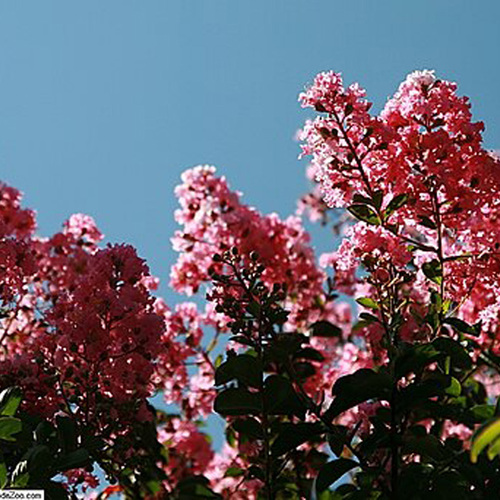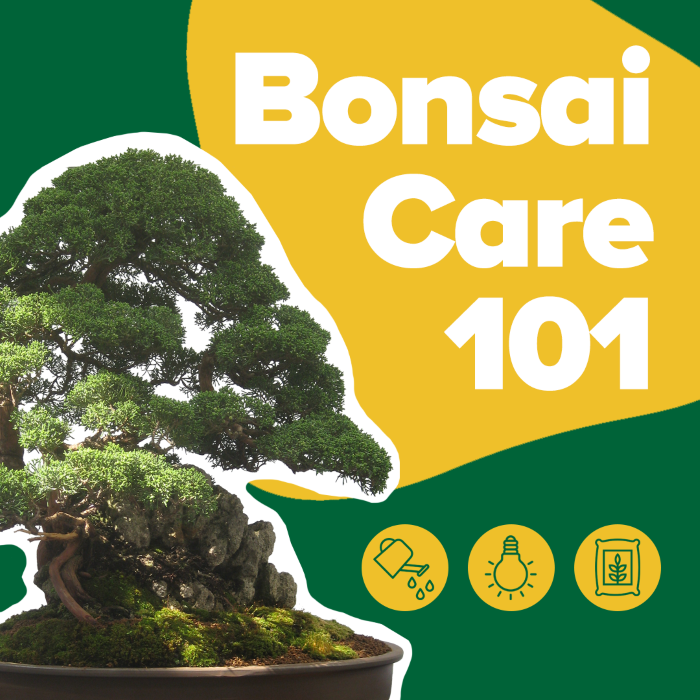There’s an old saying that you can’t kill an aloe vera plant, and the consensus is that this claim applies to all aloe plants.
Yet, while this claim seems true on the surface, there are still a few things that can and will kill an aloe plant (eventually).
So when your aloe begins to show some browning, droopiness, or other signs of significant distress, it’s a good idea to go over what might be causing it and how to fix it.
My Aloe Plant Is Dying! (4 Solutions To Save It)
A severely ill aloe plant is likely suffering from one of four main care problems.
Saving your aloe is often a matter of simply addressing one or more of these problems.
Interested in more aloe care? Check out these articles:
How Often To Water Aloe Plants
How To Get Rid Of Aloe Mites
A Note on Tools
Most of these remedies involve removing portions of the plant.
Here are the following tips to remember:
- Keep a sharp, sterile knife on hand to do this.
- Sterilize by dipping it in isopropyl alcohol or rubbing alcohol (the higher the percentage, the better) before and after each cut.
Sun
It seems ironic that a plant commonly used to treat sunburn can get sunburn. Yet this is a common reason behind an aloe plant’s leaves becoming bleached out or developing dry, brown tips and margins.
Depending on the plant, this sunburn may also cause the reddening of the leaves.
Begin by doing the following:
- Assess how bad the sunburn is and remove any severely burned leaves at the base.
- Next, move your aloe plant to a spot with bright, indirect sunlight. This spot may be beside a sunny window or shaded by a sheer curtain. You can also choose a north-facing window.
- Sometimes artificial light causes sunburns. Try moving the plant further from the nearby light source or placing the plant outside in a lightly shaded area.
- You may also need to water the plant, as intense light can dry out the soil faster.
Soil
A lot is going on inside that pot that can be easy to forget about.
Aloe plants can be very forgiving when it comes to soil pH. But the nutrients present and consistency play a massive role in your plant’s health.
Signs of soil-related issues generally involve yellowing or browning leaves. They may even exhibit symptoms of underwatering despite being adequately tended to.
Your aloe will fare best when grown in a potting mix formulated for succulents.
The soil consistency should be sandy or loose to help improve drainage, so adding coarse sand or perlite is often necessary.
The container should only be about ⅓ larger than the plant and have adequate drainage holes.
Using a pot that’s too large can prevent the roots from absorbing water in the outer edges of the soil. This act can lead to root rot or fungal infections.
A good trick is to add a substrate at the bottom of your pot with either gravel or aquarium stones, giving an extra buffer to protect your plant from excess water.
Keep in mind that too much fertilizer or using tap water can cause a buildup of toxic mineral salts in the soil.
Flushing the soil every few months can help, but damage can still be done in the meantime.
Always water with filtered, distilled, or natural rainwater to avoid potential chemical burns or other effects caused by toxic elements.
Different aloe species have slightly different fertilizer needs. Therefore, always follow the instructions for your plant and aim to use liquid-soluble fertilizers when possible.
Water
It can be pretty tricky to underwater drought-tolerant aloes, but it is easy to overwater them.
Common symptoms seen in leaves are:
Overwatering is especially dangerous because it can lead to root rot and encourage infestations.
The soak-and-dry method is quite effective in ensuring your aloe always has the right amount of water.
To use this method, do the following:
- Stick your finger in the soil to check the moisture levels.
- The exact depth will vary depending on your aloe species, but 1″ to 2″ inches is a good general depth to indicate time to water.
- When watering, pour slowly and evenly, working around the container while trying not to get any water on the plant itself.
- Stop watering when you see water beginning to seep from the drainage holes or the soil surface is no longer absorbing at the same rate you’re pouring.
A few additional tips when watering:
- Natural rainwater is best, followed by distilled water.
- Emulate rainwater by occasionally adding a little hydrogen peroxide to the distilled water.
- Place a tray filled with pebbles under the pot to catch any seeping water and help improve the humidity levels around the plant.
Disease And Infestation
Several diseases can plague a sick aloe, many of which are the side effect of an infestation by piercing insects such as aphids or mealybugs.
Piercing insects feed off plant sap, and their frass contains undigested sap.
This frass, known as honeydew, is a perfect breeding ground for sooty mold and powdery mildew.
Many other fungal infections can occur, usually identified by discolored spots on the leaves or yellowing or browning leaves.
Fungicides or insecticides will usually fix this issue.
Still, root rot is a more profound concern, which can be bacterial or fungal and kill your aloe.
Symptoms include yellow, swollen, limp, or mushy leaves.
Often, this will begin on one side of the plant and slowly spread.
Treating root rot isn’t complicated, but you’ll have to act before the decay spreads too far.
Start by doing these steps:
- Gently slide your aloe out of the pot and rinse away all the soil.
- Use your knife to cut away any infected roots (dark brown or black).
- Once all the infected roots are gone, remove any dead or dying leaves at their base.
- Next, soak the remaining roots in a solution of 1 part bleach to 10 parts water for 30 minutes.
- You can also use a fungicide, but this will only eliminate bacterial strains of root rot.
- Allow the roots to air dry for around 2 to 3 days.
- Finally, replant the aloe in a fresh pot with new potting soil.
Never reuse a contaminated pot without thoroughly sterilizing it. Also, never use contaminated soil.
Sometimes Your Plant Can’t Be Saved
While rare, sometimes an aloe plant is too far gone to save, especially true in advanced cases of root rot.
The good news is that most aloe plants can be propagated through leaf cuttings.
If you find a few healthy leaves left, consider taking clippings and using those to replace your dying aloe.












